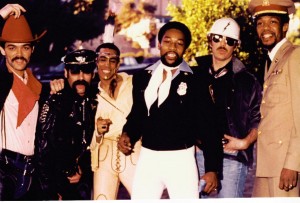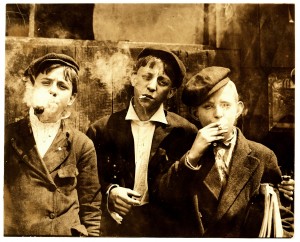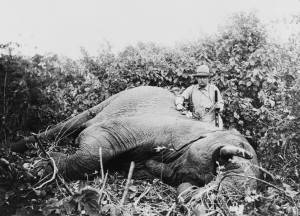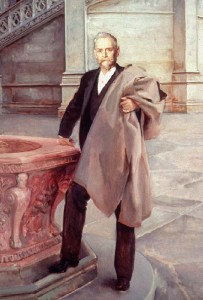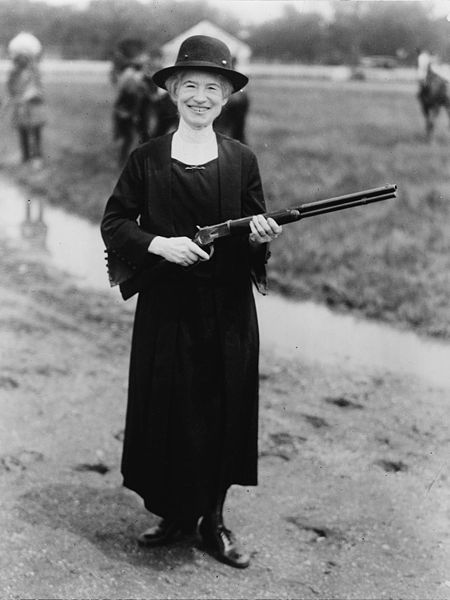Idiocy is annoying but repeated idiocy is galling beyond belief. Why don’t we learn from our mistakes? Why do we repeat them? Perhaps we’re too stupid to know that we’re stupid? Errol Morris looks at this conundrum on his Times blog in the extravagantly titled 2010 post, “The Anosognosic’s Dilemma: Something’s Wrong but You’ll Never Know What It Is.” An excerpt:
“David Dunning, a Cornell professor of social psychology, was perusing the 1996 World Almanac. In a section called “Offbeat News Stories” he found a tantalizingly brief account of a series of bank robberies committed in Pittsburgh the previous year. From there, it was an easy matter to track the case to the Pittsburgh Post-Gazette, specifically to an article by Michael A. Fuoco:
ARREST IN BANK ROBBERY,
SUSPECT’S TV PICTURE SPURS TIPS
At 5 feet 6 inches and about 270 pounds, bank robbery suspect McArthur Wheeler isn’t the type of person who fades into the woodwork. So it was no surprise that he was recognized by informants, who tipped detectives to his whereabouts after his picture was telecast Wednesday night during the Pittsburgh Crime Stoppers Inc. segment of the 11 o’clock news.
At 12:10 a.m. yesterday, less than an hour after the broadcast, he was arrested at 202 S. Fairmont St., Lincoln-Lemington. Wheeler, 45, of Versailles Street, McKeesport, was wanted in [connection with] bank robberies on Jan. 6 at the Fidelity Savings Bank in Brighton Heights and at the Mellon Bank in Swissvale. In both robberies, police said, Wheeler was accompanied by Clifton Earl Johnson, 43, who was arrested Jan. 12.
Wheeler had walked into two Pittsburgh banks and attempted to rob them in broad daylight. What made the case peculiar is that he made no visible attempt at disguise. The surveillance tapes were key to his arrest. There he is with a gun, standing in front of a teller demanding money. Yet, when arrested, Wheeler was completely disbelieving. ‘But I wore the juice,’ he said. Apparently, he was under the deeply misguided impression that rubbing one’s face with lemon juice rendered it invisible to video cameras.
In a follow-up article, Fuoco spoke to several Pittsburgh police detectives who had been involved in Wheeler’s arrest. Commander Ronald Freeman assured Fuoco that Wheeler had not gone into ‘this thing’ blindly but had performed a variety of tests prior to the robbery. Sergeant Wally Long provided additional details — ‘although Wheeler reported the lemon juice was burning his face and his eyes, and he was having trouble (seeing) and had to squint, he had tested the theory, and it seemed to work.’ He had snapped a Polaroid picture of himself and wasn’t anywhere to be found in the image. It was like a version of Where’s Waldo with no Waldo. Long tried to come up with an explanation of why there was no image on the Polaroid. He came up with three possibilities:
(a) the film was bad;
(b) Wheeler hadn’t adjusted the camera correctly; or
(c) Wheeler had pointed the camera away from his face at the critical moment when he snapped the photo.
As Dunning read through the article, a thought washed over him, an epiphany. If Wheeler was too stupid to be a bank robber, perhaps he was also too stupid to know that he was too stupid to be a bank robber — that is, his stupidity protected him from an awareness of his own stupidity.”
••••••••••
A Morris commercial for Miller beer:




